Web3: Exploring the Future of the Internet
大纲:
1. Introduction to Web3
1.1 What is Web3?
1.2 How does Web3 differ from Web 2.0?
1.3 Importance and benefits of Web3
2. Decentralized Web and Blockchain
2.1 Understanding the concept of decentralization
2.2 Overview of blockchain technology
2.3 Key features and advantages of blockchain for Web3
3. Smart Contracts
3.1 Definition and explanation of smart contracts
3.2 Types of smart contracts
3.3 Use cases of smart contracts in Web3
4. Decentralized Applications (DApps)
4.1 What are DApps?
4.2 Characteristics and benefits of DApps
4.3 Examples of popular DApps in the Web3 ecosystem
5. Challenges and Future of Web3
5.1 Current challenges in the adoption of Web3
5.2 Solutions and initiatives to overcome these challenges
5.3 Predictions and future trends for Web3
1. What is Web3 and how is it different from Web 2.0?
Web3 is the next generation of the internet that aims to decentralize control and empower users. Unlike Web 2.0, which is centralized and relies on intermediaries, Web3 leverages blockchain technology to enable direct peer-to-peer interactions and create a trustless environment.
2. How does blockchain technology contribute to the decentralized web?
Blockchain serves as the underlying technology for Web3, providing a decentralized and tamper-proof ledger for recording transactions and data. It ensures transparency, immutability, and security, making it an ideal solution for building decentralized applications and enabling secure peer-to-peer transactions.
3. What are smart contracts and how do they work in Web3?
Smart contracts are self-executing contracts with predefined rules encoded on the blockchain. They automatically execute transactions when specific conditions are met. In Web3, smart contracts play a crucial role in enabling decentralized applications, facilitating secure and transparent interactions without the need for intermediaries.
4. What are decentralized applications (DApps) and why are they important in Web3?
DApps are applications that operate on a decentralized network and do not rely on a central authority. They leverage blockchain's properties to provide transparency, security, and censorship resistance. DApps allow users to have full control over their data and enable peer-to-peer interactions, revolutionizing various industries such as finance, gaming, and social media.
5. What are the challenges and future of Web3?
Despite the potential of Web3, there are challenges to widespread adoption, such as scalability, user experience, and regulatory frameworks. However, initiatives like layer 2 solutions, improved user interfaces, and regulatory advancements are paving the way for a decentralized future. The future of Web3 holds promises of increased privacy, data ownership, and decentralized governance.



